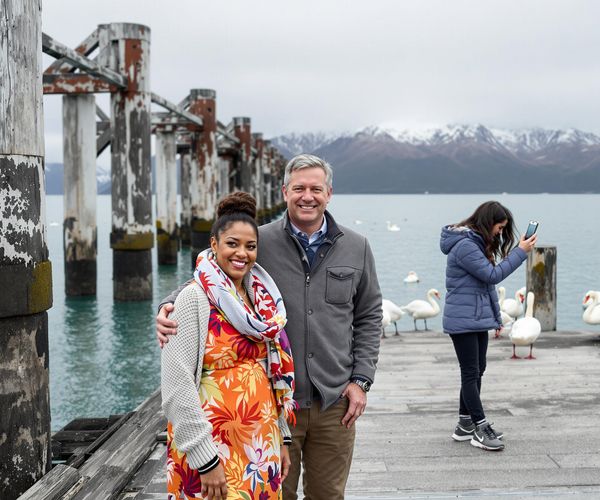
Puerto Natales: Gateway to Patagonian Wonders
Discover Puerto Natales, the enchanting gateway to Patagonia's natural wonders, offering stunning landscapes, rich history, and unforgettable adventures.
Nestled between the Last Hope Sound and the towering Andes, Puerto Natales is a charming town in southern Chile. This picturesque city serves as the primary gateway to the world-renowned Torres del Paine National Park. Its unique location offers breathtaking views of snow-capped mountains, glistening fjords, and expansive pampas. Whether you're an adventure seeker or a nature lover, Puerto Natales has something for everyone. The city itself is filled with cozy cafes, vibrant street art, and friendly locals who are always ready to share their stories. As you stroll along the waterfront, you'll be greeted by stunning vistas that change with the light and weather, making every moment unique. Puerto Natales is also a culinary delight, with local restaurants offering fresh seafood and traditional Patagonian dishes. Don't miss the opportunity to try King Crab, also known as Centolla, which is a local delicacy. For those interested in history, a visit to the Municipal Historical Museum will provide insights into the region's indigenous cultures and the early settlers. The true magic of Puerto Natales lies in its proximity to natural wonders. From here, you can embark on treks to the Torres del Paine, explore the Milodon Cave, or take a boat trip through the fjords to see glaciers up close. Each adventure offers a unique perspective on the raw beauty of Patagonia, making Puerto Natales a must-visit destination for travelers seeking both relaxation and excitement.
Local tips in Puerto Natales
- Best time to visit: November to March for warmer weather and longer daylight hours.
- Currency: Make sure to have some Chilean Pesos (CLP) as not all places accept credit cards.
- Language: While Spanish is the official language, some locals speak English, especially in tourist areas.
- Packing: Bring layers and waterproof gear, as the weather can be unpredictable.
- Local delicacy: Try the Centolla (King Crab) at a local restaurant for an authentic culinary experience.
- Transportation: Buses are the primary mode of transport to Torres del Paine; book in advance during peak season.
- Wi-Fi: Available in most hotels and cafes, but connectivity can be spotty in remote areas.
Puerto Natales: Gateway to Patagonian Wonders
Nestled between the Last Hope Sound and the towering Andes, Puerto Natales is a charming town in southern Chile. This picturesque city serves as the primary gateway to the world-renowned Torres del Paine National Park. Its unique location offers breathtaking views of snow-capped mountains, glistening fjords, and expansive pampas. Whether you're an adventure seeker or a nature lover, Puerto Natales has something for everyone. The city itself is filled with cozy cafes, vibrant street art, and friendly locals who are always ready to share their stories. As you stroll along the waterfront, you'll be greeted by stunning vistas that change with the light and weather, making every moment unique. Puerto Natales is also a culinary delight, with local restaurants offering fresh seafood and traditional Patagonian dishes. Don't miss the opportunity to try King Crab, also known as Centolla, which is a local delicacy. For those interested in history, a visit to the Municipal Historical Museum will provide insights into the region's indigenous cultures and the early settlers. The true magic of Puerto Natales lies in its proximity to natural wonders. From here, you can embark on treks to the Torres del Paine, explore the Milodon Cave, or take a boat trip through the fjords to see glaciers up close. Each adventure offers a unique perspective on the raw beauty of Patagonia, making Puerto Natales a must-visit destination for travelers seeking both relaxation and excitement.
When is the best time to go to Puerto Natales?
Iconic landmarks you can’t miss
Mylodon Cave Natural Monument
Discover the ancient wonders of Mylodon Cave Natural Monument, a breathtaking national park in Patagonia, Chile, filled with history and natural beauty.
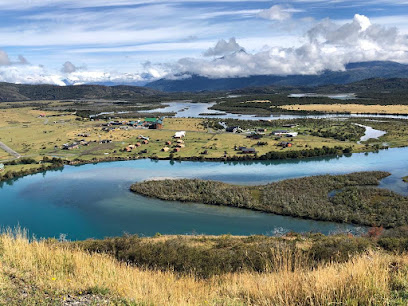
Mesita Grande
Savor the authentic taste of Italy at Mesita Grande, Puerto Natales' premier destination for mouth-watering pizzas and delightful Italian dishes.
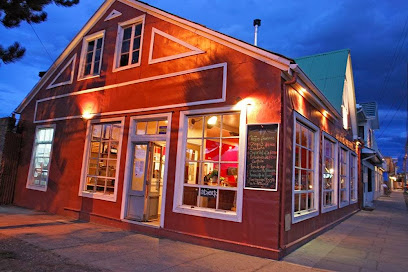
Plaza de Armas Arturo Prat
Discover the vibrant heart of Puerto Natales at Plaza de Armas Arturo Prat, surrounded by stunning Patagonian landscapes and local culture.
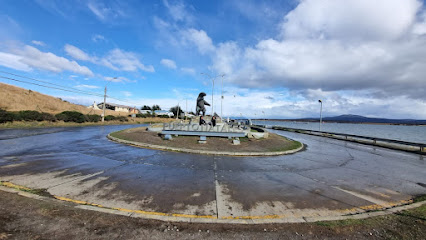
La Mano
Experience the breathtaking La Mano sculpture in Puerto Natales, a symbol of human connection to nature amidst stunning Patagonian landscapes.
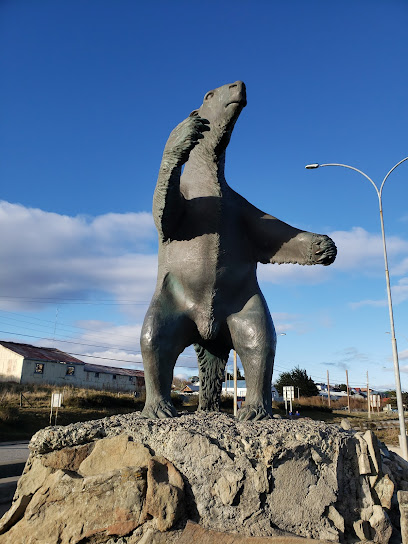
Muelle Historico
Experience the historical charm and natural beauty of Muelle Historico in Puerto Natales, a perfect blend of culture and adventure in Patagonia.
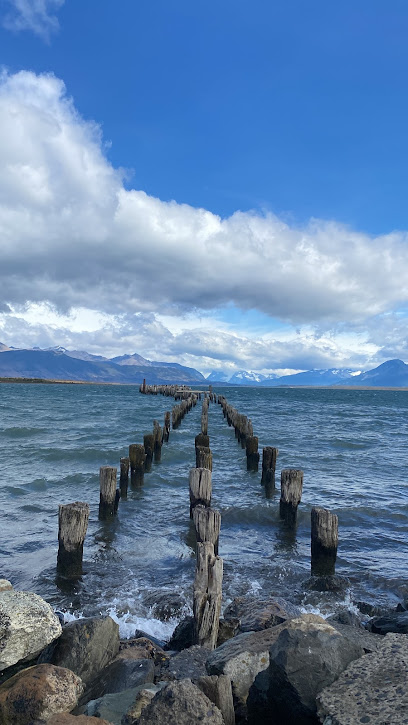
The Singular Patagonia, Puerto Bories Hotel
Experience luxury and heritage at The Singular Patagonia, where breathtaking landscapes meet exceptional service in the heart of Chilean Patagonia.
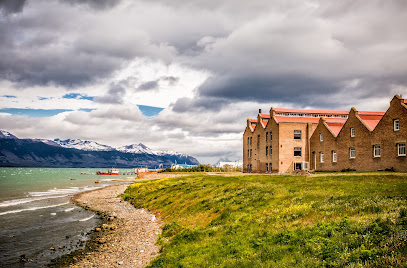
Municipal Historical Museum
Explore the vibrant history of Puerto Natales at the Municipal Historical Museum, where cultural heritage and fascinating exhibits await.
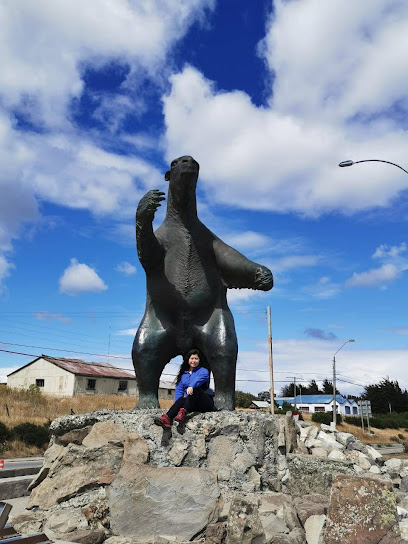
Tourism May 21
Experience the natural beauty of Patagonia with expert-guided tours at Tourism May 21 in Puerto Natales, showcasing breathtaking landscapes and unique wildlife.
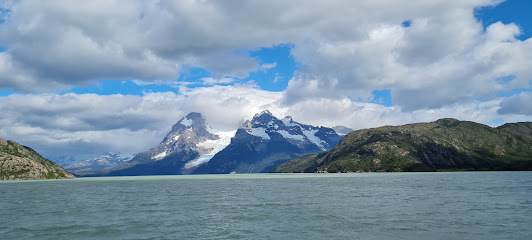
Last Hope Distillery
Discover the unique flavors of Puerto Natales at Last Hope Distillery, where artisanal spirits meet a vibrant cocktail bar atmosphere.
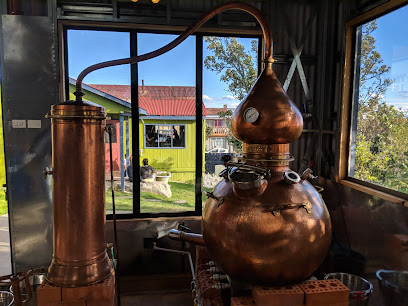
Monumento al viento
Discover the Monumento al Viento in Puerto Natales, a stunning tribute that merges art with the breathtaking beauty of Chilean Patagonia's natural landscape.
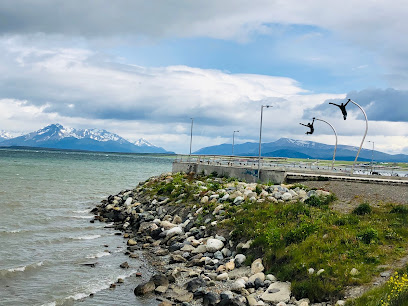
W Circuit - Trekking in Patagonia
Experience the breathtaking beauty of Patagonia on the W Circuit trek, where towering peaks and stunning glaciers await your adventure.
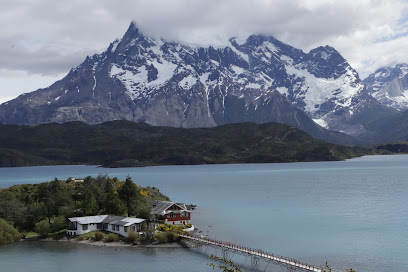
Costanera De Puerto Natales, Seno de Última Esperanza.
Discover the breathtaking Costanera De Puerto Natales, a picturesque waterfront promenade offering stunning views, local culture, and outdoor adventures.
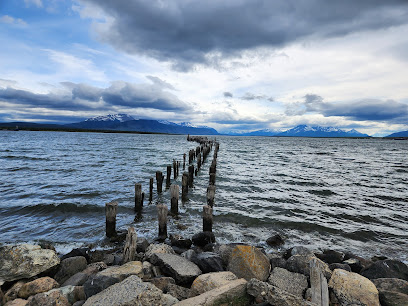
Muelle Viejo
Experience the charm of Muelle Viejo, a historical landmark in Puerto Natales, where maritime history meets breathtaking natural beauty.
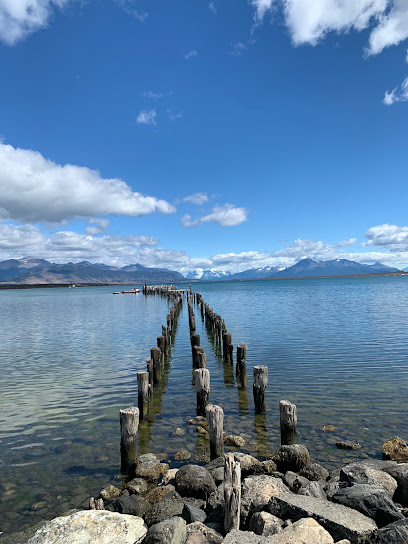
Noi Indigo Patagonia
Discover tranquility and adventure at Noi Indigo Patagonia, your luxurious retreat in the heart of Chilean Patagonia, Puerto Natales.
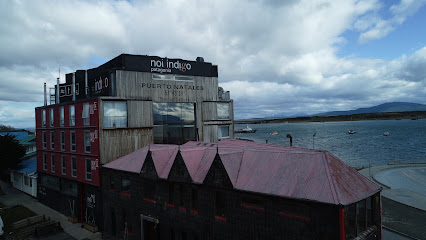
National Tourism Service
Your essential starting point for exploring the breathtaking landscapes and rich culture of Patagonia at the National Tourism Service in Puerto Natales.
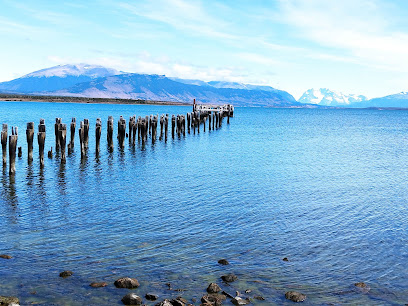
Unmissable attractions to see
Mylodon Cave Natural Monument
Explore the breathtaking Mylodon Cave Natural Monument in Chile, where nature’s beauty meets a rich prehistoric heritage.
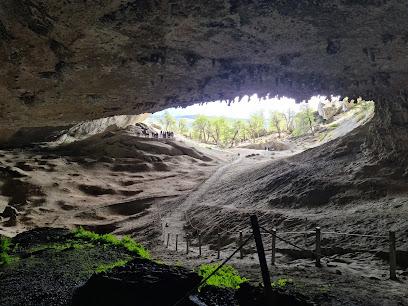
Municipal Historical Museum
Explore the rich heritage of Puerto Natales at the Municipal Historical Museum, where history comes alive through captivating exhibits and local stories.
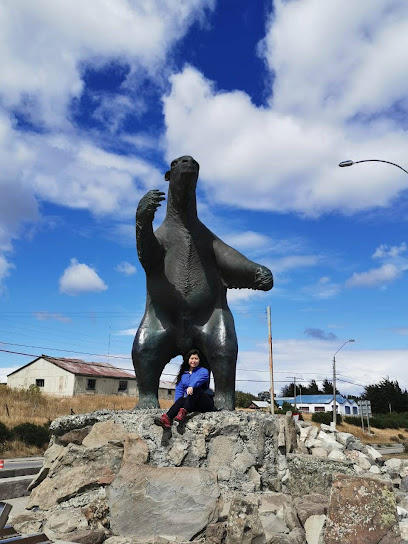
Last Hope Distillery
Experience the essence of Patagonia at Last Hope Distillery in Puerto Natales, where craft spirits meet breathtaking landscapes.
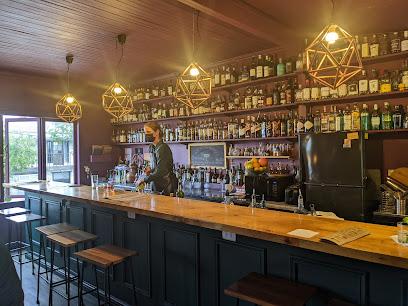
Costanera De Puerto Natales, Seno de Última Esperanza.
Explore the breathtaking Costanera de Puerto Natales, a scenic waterfront promenade offering stunning views, local culture, and outdoor activities.
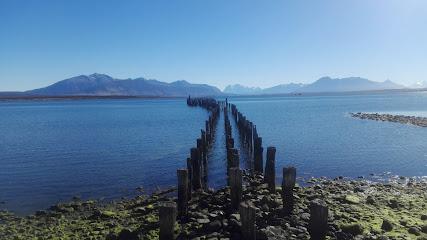
Muelle Viejo
Explore Muelle Viejo in Puerto Natales, a historical landmark offering stunning views, local culture, and a gateway to Patagonia's natural wonders.
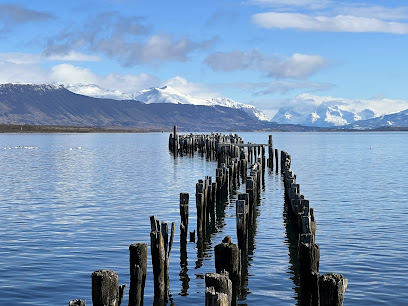
Mirador Paleolago
Explore the stunning Mirador Paleolago, a breathtaking observation deck offering spectacular views of lakes and mountains in pristine Chilean Patagonia.

Silla del Diablo
Discover the breathtaking views and unique geological features of Silla del Diablo, a must-see tourist attraction in the heart of Chile's natural wonders.

Mirador Dorotea
Experience the breathtaking vistas at Mirador Dorotea, a striking lookout near Puerto Natales that embodies the beauty of Chilean Patagonia.
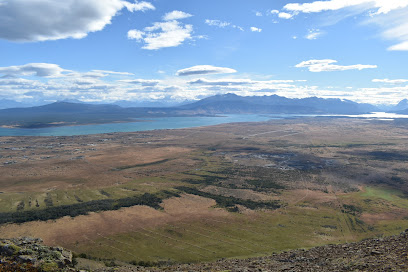
Plaza Bernardo O'Higgins
Discover the vibrant heart of Puerto Natales at Plaza Bernardo O'Higgins, a perfect blend of nature, culture, and community.
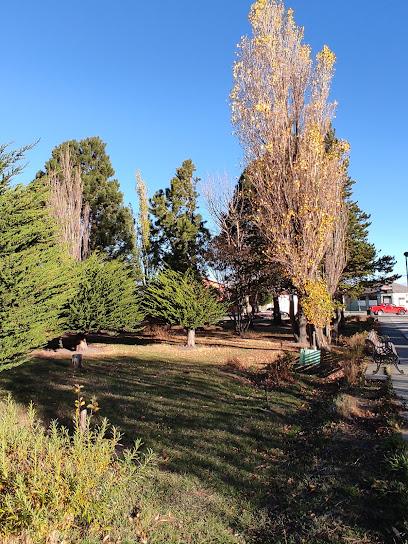
Monument Of Milodon
Explore the Monument of Milodon in Puerto Natales - a breathtaking tribute to Patagonia's prehistoric past and stunning natural beauty.
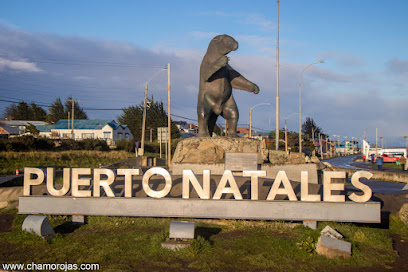
Muelle Braun & Blanchard
Discover the stunning natural beauty of Patagonia at Muelle Braun & Blanchard, a picturesque pier in Puerto Natales, perfect for exploration and relaxation.
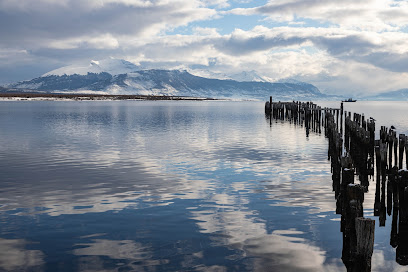
Milodon’s Cave
Discover the ancient wonders of Milodon's Cave in Patagonia, a stunning hiking area rich in history and surrounded by breathtaking natural beauty.

La Tehuelche
Explore the vibrant world of artisan crafts at La Tehuelche in Puerto Natales, where each handcrafted piece tells a story of Patagonia's rich heritage.
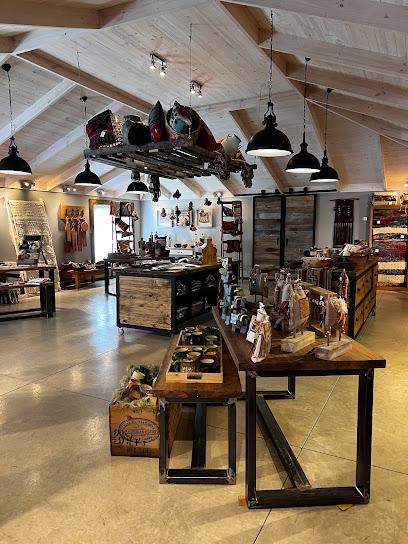
Cueva del Medio
Discover the breathtaking beauty and geological wonders of Cueva del Medio in Magallanes and Chilean Antarctica, an unforgettable tourist attraction for all travelers.

White Narrows
Discover the breathtaking White Narrows in Chile's Magallanes region, a stunning tourist attraction perfect for nature lovers and adventure seekers.
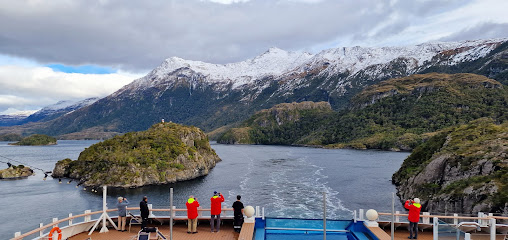
Essential places to dine
restaurante La Picada De Carlitos
Experience authentic Chilean cuisine at Restaurante La Picada De Carlitos in Puerto Natales, where flavor meets tradition in a cozy atmosphere.
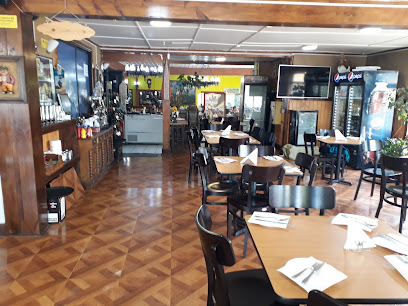
Mesita Grande
Discover the flavors of Italy at Mesita Grande in Puerto Natales—where unique pizzas meet local ingredients in a cozy atmosphere.
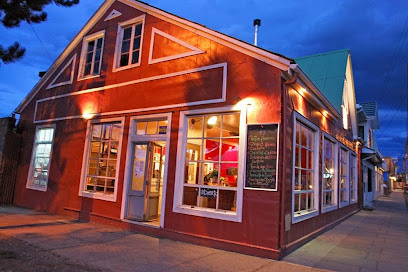
LA GUANACA PIZZERIA
Discover the authentic taste of Italy at La Guanaca Pizzeria, where every bite transports you to culinary bliss amidst the beauty of Puerto Natales.
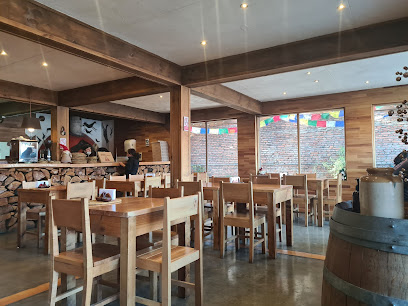
Restaurante el Bote Cerveza Natales
Discover authentic Patagonian flavors at Restaurante el Bote Cerveza Natales - where culinary artistry meets local tradition.
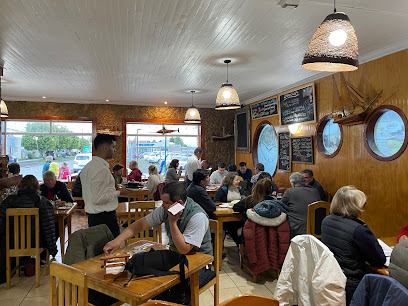
Pampa Restobar
Experience authentic Patagonian flavors at Pampa Restobar - where every dish tells a story.
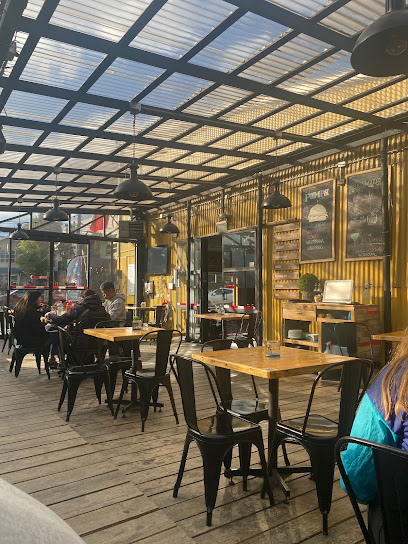
Pizzeria Napoli
Experience authentic Italian cuisine at Pizzeria Napoli in Puerto Natales—where every pizza tells a story of flavor and tradition.
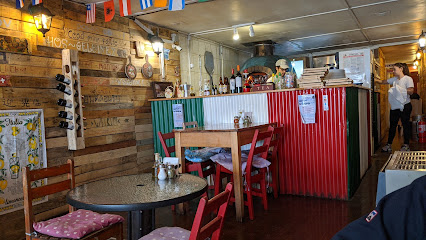
El Asador Patagónico
Experience authentic Patagonian cuisine at El Asador Patagónico, where every meal is a celebration of flavor and tradition amidst stunning natural beauty.
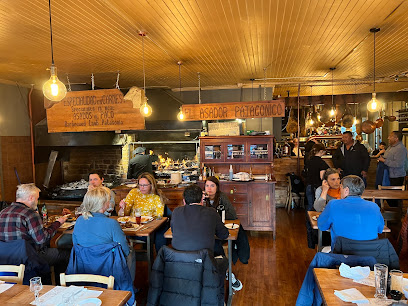
Base Camp Pizzeria
Experience the best pizza in Puerto Natales at Base Camp Pizzeria - where flavor meets adventure in Patagonia.
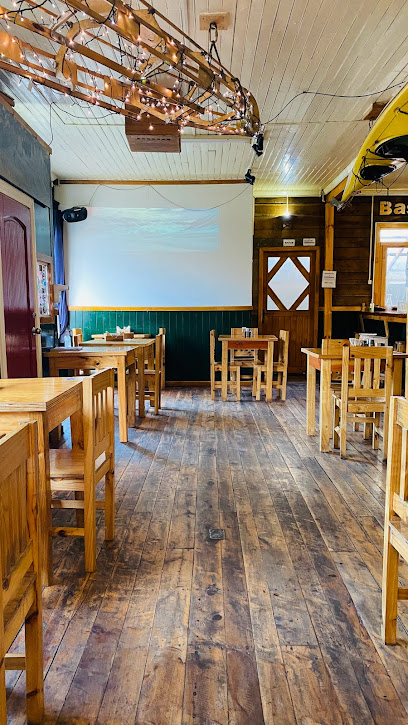
Café Artimaña
Discover the flavors of Chile at Café Artimaña in Puerto Natales - where local cuisine meets cozy ambiance.
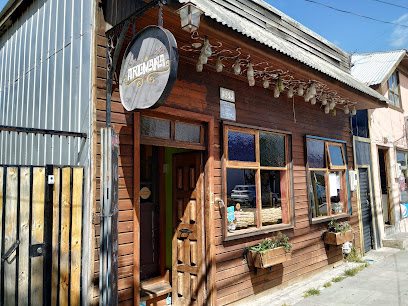
Santolla
Experience the exquisite flavors of coastal Chile at Santolla, Natales' premier seafood restaurant offering fresh dishes in a welcoming setting.
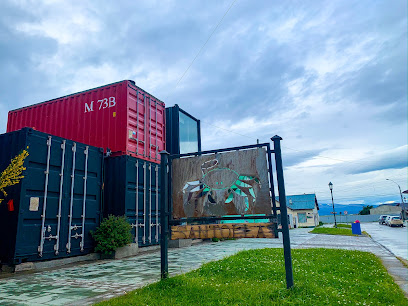
Entre Pampa y Mar Restaurant
Discover authentic Patagonian flavors at Entre Pampa y Mar Restaurant in Natales - where land meets sea in every delightful dish.
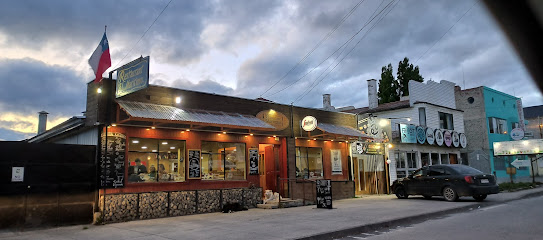
Patagonia'food
Discover authentic Chilean cuisine at Patagonia'food in Puerto Natales – where local flavors meet warm hospitality.
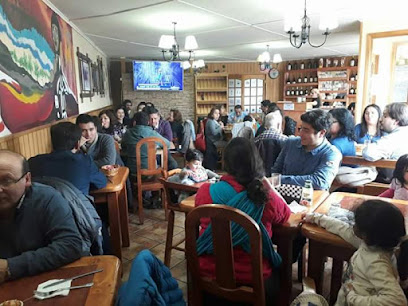
Cafe Kaiken
Experience authentic Chilean cuisine at Café Kaiken in Puerto Natales – where local flavors meet stunning natural beauty.
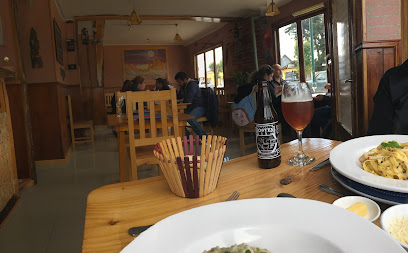
Restaurant Cormoran
Experience authentic Chilean flavors at Restaurant Cormoran in Puerto Natales - where local ingredients meet stunning Patagonian scenery.
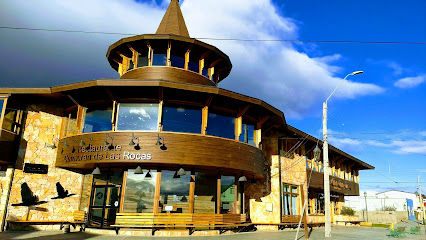
Afrigonia
Experience the fusion of traditional Chilean cuisine and modern culinary artistry at Afrigonia in Puerto Natales.
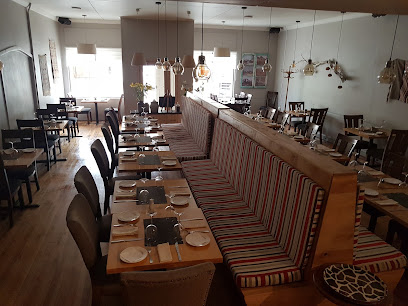
Markets, malls and hidden boutiques
Pueblo Artesanal. Artesanías De La Patagonia.
Explore Pueblo Artesanal in Puerto Natales, a shopping haven for authentic Patagonian crafts and vibrant local culture.
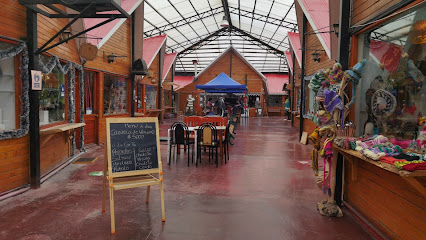
Mall Chino Moda
Explore Mall Chino Moda in Puerto Natales for unique home goods reflecting the charm of Patagonia's vibrant culture and craftsmanship.
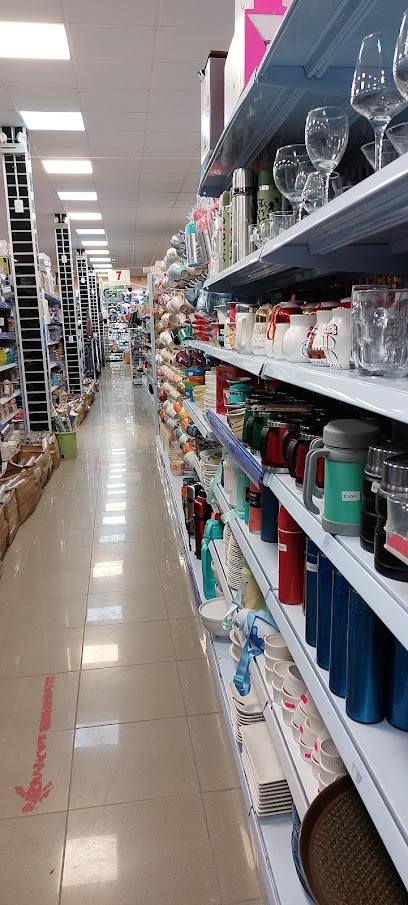
One Aco Outdoorshop
Explore Patagonia with style and confidence at One Aco Outdoorshop, your one-stop destination for quality outdoor gear in Puerto Natales.
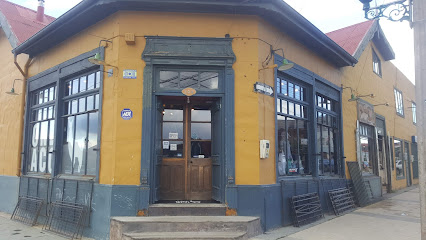
PASEO SELKNAM
Explore the vibrant Paseo Selknam in Natales—where shopping, dining, and outdoor adventures meet in the stunning Magallanes region.
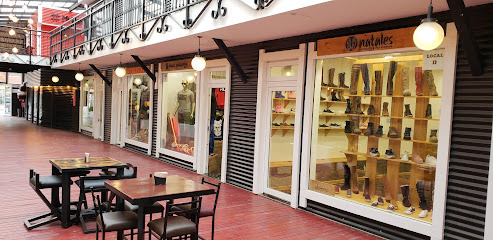
Comercial Chelech
Discover your unique style at Comercial Chelech, the premier clothing store in Puerto Natales, offering outdoor and urban fashion essentials.
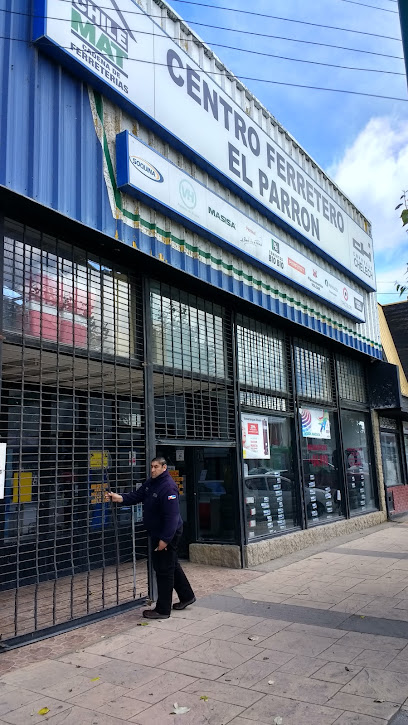
Patagonia Blend - Natales
Discover the rich flavors of Patagonia at Patagonia Blend, your go-to coffee store in Puerto Natales, where every cup tells a local story.
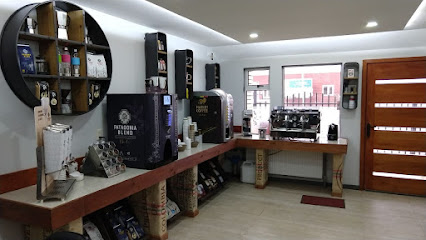
LE MOUTON VERT, Patagonia Merino Sheep Wool and Sustainable Clothing
Discover eco-friendly fashion at Le Mouton Vert, your destination for sustainable Patagonia Merino wool clothing in Puerto Natales.
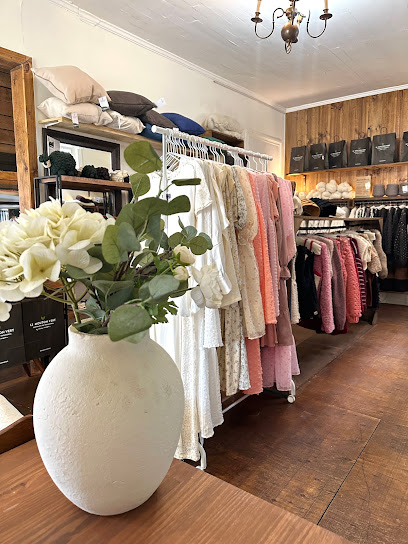
ETNIA PATAGONIA
Discover the artistry of Patagonia at Etnia Patagonia, where every handcrafted souvenir tells a story of culture and tradition.
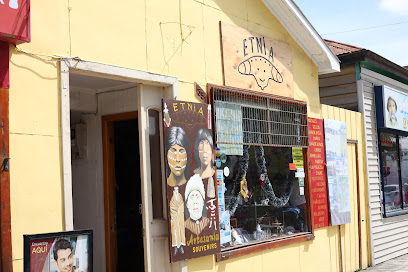
Patagoniawool | Premium 100% Natural Wool
Discover the warmth of Patagonia at Patagoniawool, your destination for premium 100% natural wool clothing in Natales.
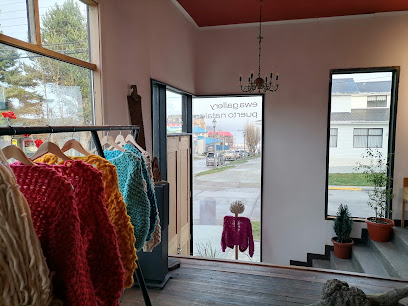
El Toque Campero (Artesanias)
Discover the rich culture of Patagonia at El Toque Campero, your ultimate shopping destination for handcrafted artisan crafts in Puerto Natales.
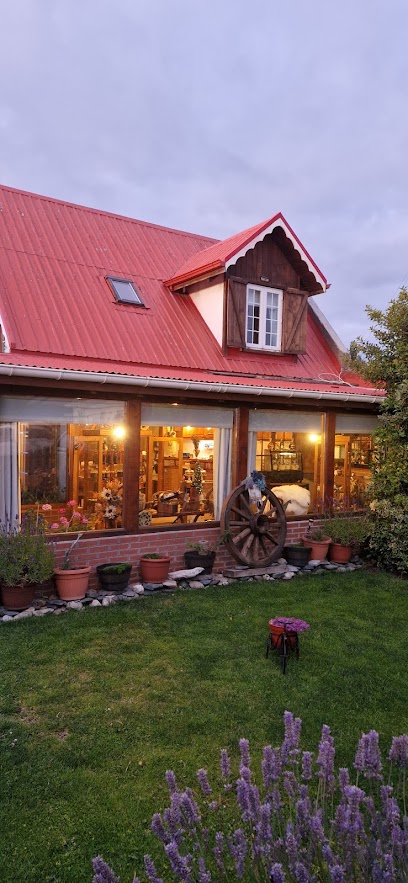
Factoria Tienda de Souvenirs
Explore a treasure trove of authentic Patagonian souvenirs at Factoria Tienda de Souvenirs in Natales, where every item tells a unique story.

Menos pesos
Discover unique fashion finds at Menos Pesos, Puerto Natales' premier clothing store, blending style and local craftsmanship for every traveler.

Salomon
Explore stylish outdoor and casual wear at Salomon, the go-to clothing store in Puerto Natales for adventure enthusiasts and fashion lovers alike.
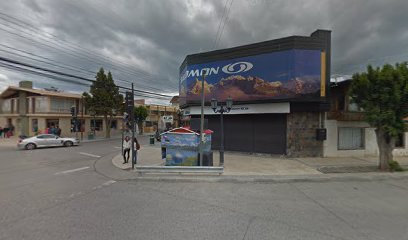
Pueblito De Artesanos
Discover the heart of Chilean craftsmanship at Pueblito De Artesanos, a haven for unique artisan goods in Puerto Natales.
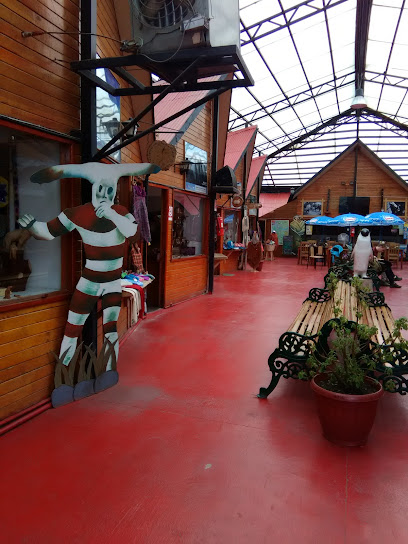
Tienda - Cordonería Patty
Explore the cozy world of wool at Tienda - Cordonería Patty in Puerto Natales, where local craftsmanship meets Patagonian warmth.
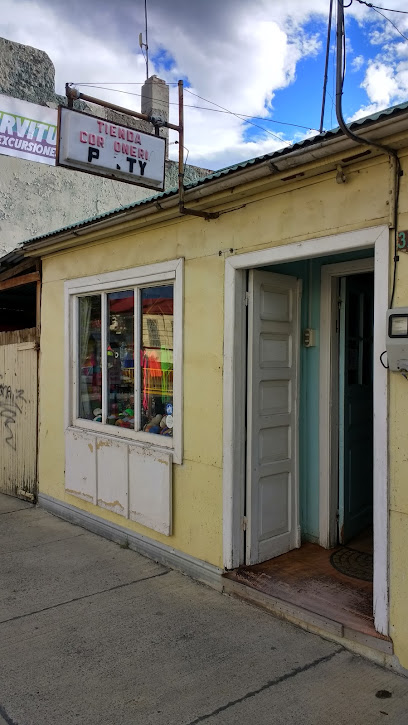
Essential bars & hidden hideouts
Mesita Grande
Discover the best gourmet pizzas in Puerto Natales at Mesita Grande, where authentic Italian flavors meet local charm.
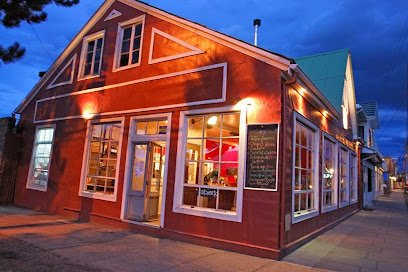
Baguales Brewpub
Discover the flavors of Patagonia at Baguales Brewpub, a cozy gastropub in Puerto Natales serving local craft beers and gourmet dishes.
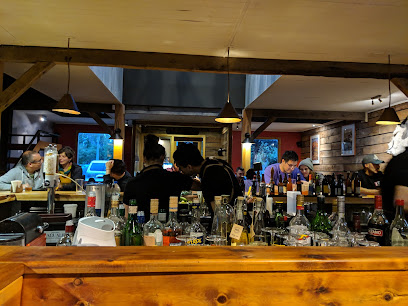
LA GUANACA PIZZERIA
Discover LA GUANACA PIZZERIA in Puerto Natales, where delicious pizzas meet the stunning landscapes of Patagonia in a warm, inviting atmosphere.
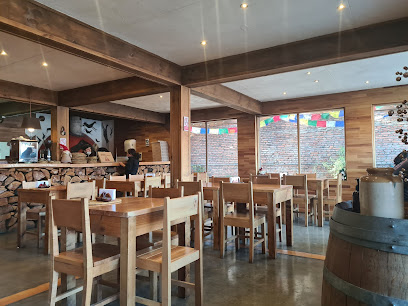
Restaurante el Bote Cerveza Natales
Experience the authentic taste of Patagonia at Restaurante el Bote Cerveza Natales, where local ingredients meet a warm atmosphere.
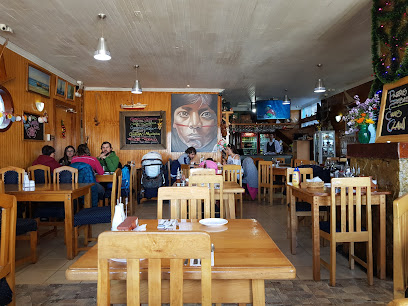
Pampa Restobar
Experience the authentic flavors of Patagonia at Pampa Restobar, Puerto Natales' premier grill restaurant offering a cozy atmosphere and local delicacies.
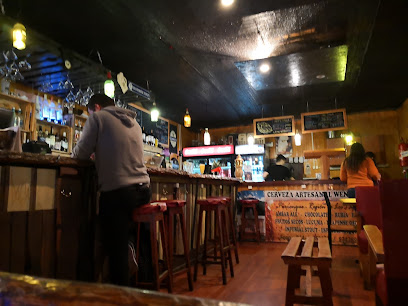
Last Hope Distillery
Experience the artistry of craft spirits at Last Hope Distillery in Puerto Natales, where local ingredients meet innovative cocktail creations.
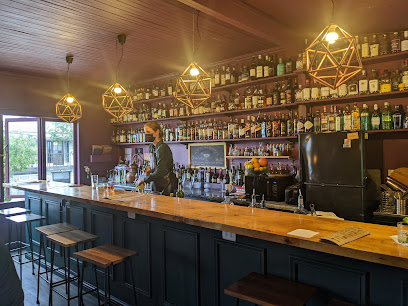
Slowly Bar
Discover the vibrant culinary scene at Slowly Bar in Puerto Natales, where local flavors and lively ambiance combine for an unforgettable experience.

El antro PATAGONICO
Discover the delicious world of pizza at El Antro Patagonico, where local flavors meet a cozy atmosphere in Puerto Natales.
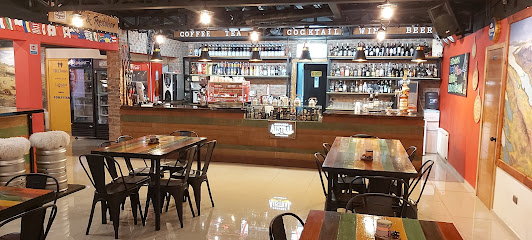
The Singing Lamb - Bar
Discover the charm of Puerto Natales at The Singing Lamb, a cozy bar offering a delightful fusion of local cuisine and a vibrant atmosphere.
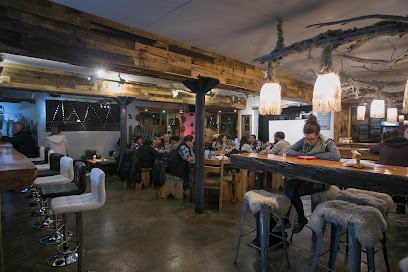
El Puesto Restobar
Experience the heart of Patagonia at El Puesto Restobar, a vibrant culinary destination in Puerto Natales offering unique flavors and a lively atmosphere.
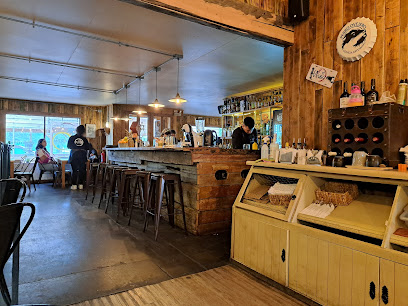
Wine & Market Patagonia
Discover the true flavors of Patagonia at Wine & Market Patagonia, a cozy bar offering exquisite local wines and artisanal snacks in Puerto Natales.
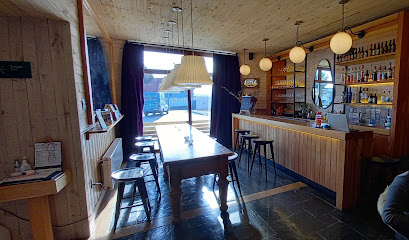
CLUB CALAFATE RESTOBAR
Discover the flavors of Patagonia at Club Calafate Restobar, a vibrant gastropub in Puerto Natales offering a delightful dining experience.
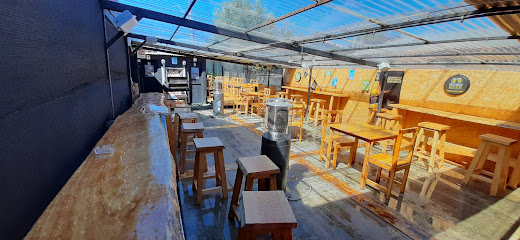
Restobar World's End
Discover the vibrant flavors of Patagonia at Restobar World's End, Puerto Natales' premier dining destination.
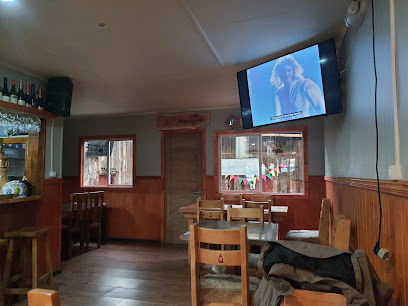
Wild Restobar & Cervecería
Discover the flavors of Puerto Natales at Wild Restobar & Cervecería, where local cuisine meets a vibrant atmosphere and craft beers.
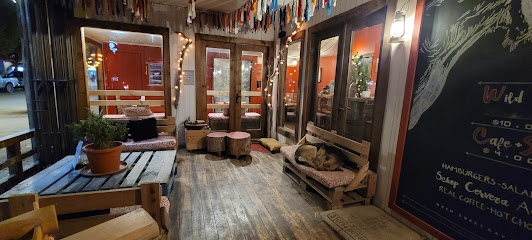
Ice Bar Natales
Discover the ultimate chill at Ice Bar Natales, a unique ice-themed bar offering exquisite drinks and a vibrant atmosphere in the heart of Patagonia.
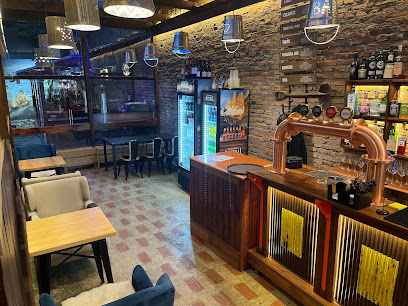
Travel experiences inspired by this city
Explore more travel diariesLocal Phrases
-
- HelloHola
[oh-lah] - GoodbyeAdiós
[ah-dyohs] - YesSí
[see] - NoNo
[noh] - Please/You're welcomePor favor/De nada
[por fah-vor/deh nah-dah] - Thank youGracias
[grah-syahs] - Excuse me/SorryPerdón/Lamento
[pehr-dohn/lah-mehn-toh] - How are you?¿Cómo estás?
[koh-moh ehs-tahs] - Fine. And you?Bien. ¿Y tú?
[byen. ee too] - Do you speak English?¿Hablas inglés?
[ah-blahs een-glehs] - I don't understandNo entiendo
[noh ehn-tyen-doh]
- HelloHola
-
- I'd like to see the menu, pleaseMe gustaría ver el menú, por favor
[meh goos-tah-reeah behr ehl meh-noo, pohr fah-vor] - I don't eat meatNo como carne
[noh koh-moh kahr-neh] - Cheers!¡Salud!
[sah-lood] - I would like to pay, pleaseQuisiera pagar, por favor
[kee-syeh-rah pah-gahr, pohr fah-vor]
- I'd like to see the menu, pleaseMe gustaría ver el menú, por favor
-
- Help!¡Ayuda!
[ah-yoo-dah] - Go away!¡Vete!
[veh-teh] - Call the Police!¡Llama a la policía!
[yah-mah ah lah poh-lee-see-ah] - Call a doctor!¡Llama a un médico!
[yah-mah ah oon meh-dee-koh] - I'm lostEstoy perdido
[ehs-toy pehr-dee-doh] - I'm illEstoy enfermo
[ehs-toy ehn-fehr-moh]
- Help!¡Ayuda!
-
- I'd like to buy...Me gustaría comprar...
[meh goos-tah-reeah kohm-prahr] - I'm just lookingSolo estoy mirando
[soh-loh ehs-toy meer-ahn-doh] - How much is it?¿Cuánto cuesta?
[kwan-toh kwehs-tah] - That's too expensiveEso es demasiado caro
[eh-soh ehs deh-mah-syah-doh kah-roh] - Can you lower the price?¿Puedes bajar el precio?
[pweh-dehs bah-hahr ehl preh-syoh]
- I'd like to buy...Me gustaría comprar...
-
- What time is it?¿Qué hora es?
[keh oh-rah ehs] - It's one o'clockEs la una
[ehs lah oo-nah] - Half past (10)Y media (10)
[ee meh-dee-ah (diez)] - MorningMañana
[mah-nyah-nah] - AfternoonTarde
[tahr-deh] - EveningNoche
[noh-cheh] - YesterdayAyer
[ah-yehr] - TodayHoy
[oy] - TomorrowMañana
[mah-nyah-nah] - 1Uno
[oo-noh] - 2Dos
[dohs] - 3Tres
[trehs] - 4Cuatro
[kwah-troh] - 5Cinco
[seen-koh] - 6Seis
[seys] - 7Siete
[syeh-teh] - 8Ocho
[oh-choh] - 9Nueve
[nweh-veh] - 10Diez
[dyehs]
- What time is it?¿Qué hora es?
-
- Where's a/the...?¿Dónde está...?
[dohn-deh ehs-tah] - What's the address?¿Cuál es la dirección?
[kwal ehs lah dee-rehk-syon] - Can you show me (on the map)?¿Puedes mostrarme (en el mapa)?
[pweh-dehs mohs-trar-meh (ehn ehl mah-pah)] - When's the next (bus)?¿Cuándo es el próximo (autobús)?
[kwan-doh ehs ehl proh-ksy-moh (ow-toh-boos)] - A ticket (to ....)Un boleto (a ....)
[oon boh-leh-toh (ah)]
- Where's a/the...?¿Dónde está...?
History of Puerto Natales
-
Puerto Natales was officially founded on May 31, 1911. The area was initially discovered by European explorers, but it wasn't until the early 20th century that the town was established to support the burgeoning sheep-farming industry. The establishment of the Sociedad Explotadora de Tierra del Fuego played a significant role in the town's early development.
-
During the early 20th century, Puerto Natales became a crucial hub for the sheep farming industry. The town's economy flourished as it became a primary point of export for wool and mutton. Large estancias (ranches) were established around the area, contributing to significant economic growth and the development of local infrastructure.
-
The region around Puerto Natales has been inhabited by indigenous groups for thousands of years, primarily the Kawésqar and Aonikenk peoples. These groups lived a nomadic lifestyle, relying on the abundant natural resources of the area. Their rich cultural heritage is still evident today through various local traditions, artifacts, and museums.
-
In recent decades, Puerto Natales has transformed into a gateway for adventurers heading to the Torres del Paine National Park. The town's strategic location and stunning natural landscapes have made it an essential stop for tourists seeking outdoor activities like trekking, kayaking, and mountaineering. This shift has brought about significant changes in the local economy and infrastructure.
-
During World War II, Puerto Natales played a unique role as a neutral port that provided refuge for ships from various nations. The town's remote location made it a relatively safe haven during the global conflict. This period also saw an increase in the town's strategic importance for maritime activities.
-
Puerto Natales hosts a variety of cultural festivals that celebrate its rich heritage. One of the most notable events is the 'Fiesta de la Patria,' which showcases traditional music, dance, and cuisine. The town also celebrates 'Día del Pescador,' honoring its maritime roots with boat parades and seafood feasts.
-
In recent years, Puerto Natales has become a focal point for environmental conservation efforts. Various local and international organizations have been working to protect the pristine landscapes and diverse ecosystems of the region. Initiatives include sustainable tourism practices and conservation projects aimed at preserving the area's natural beauty for future generations.
Puerto Natales Essentials
-
Puerto Natales is located in the southern part of Chile's Patagonia region. The nearest major airport is Presidente Carlos Ibáñez del Campo International Airport (PUQ) in Punta Arenas, approximately 250 kilometers away. From the airport, you can take a bus, which takes around 3 hours, or hire a taxi for a more direct route. Additionally, there are regular bus services from other Patagonian towns such as El Calafate in Argentina, which is a popular route for those combining their visit with a trip to Los Glaciares National Park.
-
Once in Puerto Natales, the town is small enough to explore on foot. For trips outside the town, such as to Torres del Paine National Park, there are several bus companies offering regular services. Taxis are available and can be a convenient way to get around, though renting a car offers more flexibility for exploring the surrounding areas at your own pace. Bicycles can also be rented for those who prefer to explore on two wheels.
-
The official currency in Chile is the Chilean Peso (CLP). Credit cards are widely accepted in hotels, restaurants, and larger shops, but it is advisable to carry cash, especially in smaller establishments and for bus fares. ATMs are available in Puerto Natales, but be aware that some may charge fees for withdrawals. It's wise to have some local currency on hand when you first arrive.
-
Puerto Natales is generally a safe destination for tourists. However, like any travel destination, it is advisable to take standard precautions. Avoid walking alone at night in unfamiliar areas and keep an eye on your belongings in crowded places. There are no specific high-crime areas targeting tourists, but it is always best to stay vigilant and aware of your surroundings.
-
In case of emergency, dial 133 to reach the police, 131 for medical emergencies, and 132 for the fire department. The local hospital, Hospital Dr. Augusto Essmann, can handle most medical issues. It is highly recommended to have travel insurance that covers medical emergencies. For minor health issues, there are several pharmacies in town where you can purchase over-the-counter medications.
-
Fashion: Do dress in layers and be prepared for sudden weather changes. Avoid wearing overly flashy jewelry. Religion: Do respect local customs and traditions. While there are no specific religious practices you need to be aware of, it is always polite to be respectful. Public Transport: Do be respectful and give up your seat to elderly passengers. Don’t eat or drink on public transport. Greetings: Do greet people with a handshake and a smile. A simple 'Hola' suffices. Eating & Drinking: Do try local delicacies such as lamb and king crab. Don’t refuse hospitality, as it is considered impolite.
-
To experience Puerto Natales like a local, visit the local markets such as the Feria Artesanal, where you can buy handmade crafts and fresh produce. Engage with locals, as they are often friendly and willing to share stories about the town's history and culture. Don't miss out on trying the local lamb barbecue, known as 'asado'. For a unique experience, take a boat trip to the Balmaceda and Serrano Glaciers, or explore the cave of the Milodon, a prehistoric giant sloth.
Trending Landmark in Puerto Natales
-
Mylodon Cave Natural Monument
-
Mesita Grande
-
Plaza de Armas Arturo Prat
-
La Mano
-
Muelle Historico
-
The Singular Patagonia, Puerto Bories Hotel
-
Municipal Historical Museum
-
Tourism May 21
-
Last Hope Distillery
-
Monumento al viento
-
W Circuit - Trekking in Patagonia
-
Costanera De Puerto Natales, Seno de Última Esperanza.
-
Muelle Viejo
-
Noi Indigo Patagonia
-
National Tourism Service
Nearby Cities to Puerto Natales
-
Things To Do in El Calafate
-
Things To Do in Punta Arenas
-
Things To Do in Ushuaia
-
Things To Do in Puerto Varas
-
Things To Do in Bariloche
-
Things To Do in San Carlos de Bariloche
-
Things To Do in Osorno
-
Things To Do in Valdivia
-
Things To Do in Pucon
-
Things To Do in Temuco
-
Things To Do in Concepción
-
Things To Do in Curicó
-
Things To Do in Mar del Plata
-
Things To Do in San Rafael
-
Things To Do in Rancagua








